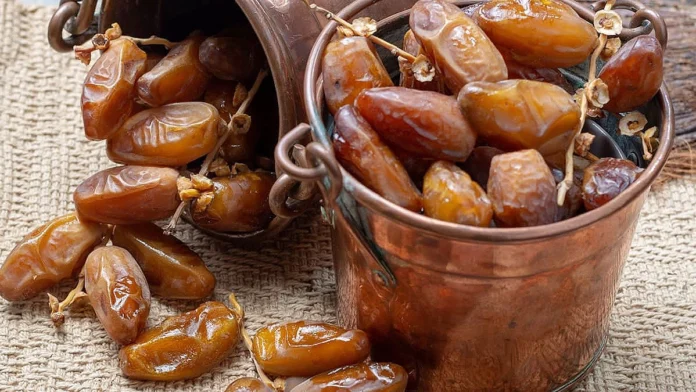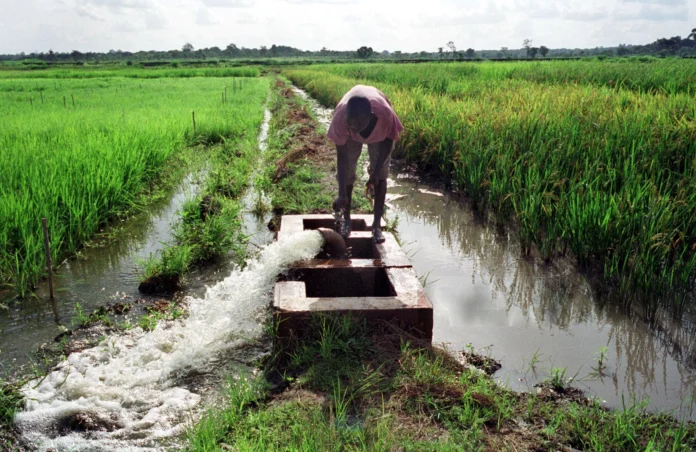PIURA, Peru — As the Southern Hemisphere’s winter slowly loosens its grip, anticipation is ripening in Peru’s sun-scorched valleys. The 2025/26 table grape export season, which kicks off in October, is more than just another harvest. For Peru, it represents a high-stakes moment in the nation’s meteoric rise to the summit of the global fruit trade.
Industry projections are optimistic. Fresh Fruit Peru, a leading agricultural consultancy, forecasts that exports could increase by as much as 15 percent, potentially surpassing $2.3 billion in value. Even in a less favorable scenario—should erratic weather or oversupply distort the market—analysts still expect growth of around 5 percent.
Reaching that symbolic $2.3 billion mark would underscore Peru’s dominance in a sector it has transformed over the past decade. Once an outsider in the grape business, Peru now outpaces traditional powerhouses like the United States, Italy, and Chile, standing as the world’s largest exporter of table grapes by both volume and value.
A Decade of Strategy and Reinvention
Peru’s ascent did not happen by chance. It was engineered through a deliberate mix of innovation, investment, and market intelligence.
At the heart of the strategy lies a varietal revolution. Unlike many competitors still tied to older grape cultivars, Peruvian growers aggressively embraced patented, high-value seedless varieties. Names like Sweet Globe, Autumn Crisp, and Ivory are now synonymous with the Peruvian brand, perfectly aligned with global consumer preferences for convenience, consistent quality, and premium taste.
This varietal shift has been complemented by technological transformation. In Piura—a region of arid deserts and scarce rainfall—sophisticated drip irrigation systems and precision agriculture have turned hostile landscapes into thriving vineyards. These systems allow growers to maximize yields while carefully managing water resources, an increasingly vital factor in the era of climate change.
Equally important has been a commercially astute shipping strategy. By targeting premium market windows—particularly early in the year when U.S. demand is high and supply from other regions remains low—Peruvian exporters consistently secure better prices. This timing, combined with superior quality control, has cemented the country’s reputation across key markets in North America, Europe, and Asia.
Cracks in the Vine: Climate and Competition
Yet Peru’s dominance is not unchallenged. Two forces in particular threaten to shake its grip on the crown: climate volatility and intensifying global competition.
The El Niño and La Niña phenomena remain the industry’s most unpredictable adversaries. These cyclical events, driven by shifts in Pacific Ocean temperatures, can bring catastrophic floods or severe droughts. Both extremes jeopardize yields, reduce berry size, and affect overall fruit quality. For regions like Piura, where grapes are grown in near-desert conditions, water mismanagement or unexpected weather can be ruinous.
Meanwhile, Peru faces pressure from abroad. Neighboring Chile, long a competitor in Southern Hemisphere fruit exports, recorded a 14 percent surge in grape shipments last season. Even more striking is the rapid rise of China, which boosted exports by 21 percent, flooding markets during similar shipping windows.
The result is a global oversupply, driving prices down and squeezing margins. Exporters in Lima describe an unforgiving environment where success is no longer guaranteed by fruit quality alone. “The competition is no longer just about having grapes,” one exporter told me on condition of anonymity. “It’s about flawless execution—meeting strict phytosanitary standards, moving product quickly through congested ports, and delivering exactly what international supermarkets demand.”
Betting on Innovation
Despite the headwinds, industry experts believe Peru’s best defense lies in staying ahead of consumer trends.
According to Fresh Fruit Peru, varietal diversification remains the cornerstone of competitiveness. In the past decade, the share of vineyards planted with patented, high-value varieties has leapt from 16 percent to nearly 75 percent. Today, more than 60 distinct grape varieties are cultivated across Peru, creating a flexible portfolio capable of catering to shifting market tastes.
This strategy ensures resilience. If one variety falls out of favor, growers can pivot to another. If one market closes, exporters can redirect to new ones. “Varietal change has been, and will continue to be, the main tool for competition,” the consultancy notes.
A Global Industry at a Crossroads
The stakes could not be higher. The global table grape trade, worth an estimated $12 billion annually, is growing more crowded, more competitive, and more sensitive to climate risks. For Peru, this year’s harvest is not only about tonnage—it is about proving whether its model of science-driven agriculture and strategic market placement can withstand mounting external shocks.
What is clear is that Peru’s influence now extends well beyond its borders. Competitors from Chile to China study its methods, while buyers in the U.S., Europe, and Asia increasingly shape their procurement calendars around the Peruvian season.
As vineyards in Piura and Ica begin their new growth cycle, the world’s fruit industry will be watching closely. If Peru can weather the twin storms of climate disruption and global competition, it may not just protect its $2.3 billion throne—it could cement a legacy as the defining success story of modern agricultural exports.












